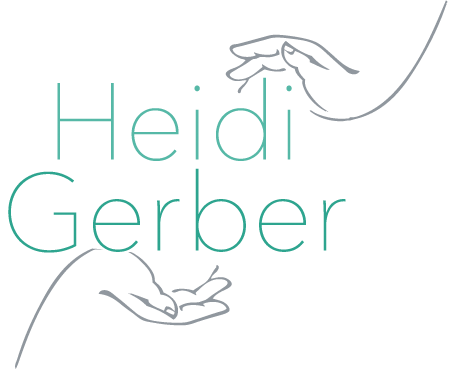Pain is a term generally used to describe uncomfortable sensations in the body. These sensations are also described as pinching, throbbing, burning, soreness, or stinging.
Acute pain is when you suddenly experience pain, and it goes away in a few days or weeks. Chronic pain, according to the Centers for Disease Control and Prevention (CDC), is when the pain is consistent for more than 3 months.
Whether you have acute or chronic pain, it’s essential to address this by exploring different pain management methods to get relief.
Let’s take a deeper look at different natural ways to relieve pain that pain specialists recommend for alleviating pain.
1. Exercise
Exercise is a successful and common way to mitigate symptoms of chronic and acute pain. Exercise helps to minimize inflammation, reduce pain levels, and increase mobility.
There are several types of exercises you can try to alleviate pain.
Cardio Exercises
Cardio exercises like walking, swimming, and water aerobics are excellent ways to get stronger and keep your body moving without putting too much pressure on your body. These light exercises can help you clear your mind and even reduce chronic pain.
Relaxation Exercises
Relaxation exercises like deep breathing techniques and visualizations are very effective and easy to perform. You can do them comfortably anywhere you want and even feel more relaxed with each breath.
Stretching Exercises
Stretching is very helpful in relieving tension and stiffness in muscles.
2. Cold and Heat
Many pain specialists recommend using a homemade cold or hot pack to get pain relief. This method works because heat can promote blood flow in the body and can help your muscles relax. Cold helps to slow down the blood flow and reduce swelling and pain.
In case a homemade cold or hot pack isn’t working for you, you can always consult your physician or a certified chiropractor to learn different techniques from them that are best suited to your needs.
3. Mind-Body Techniques
Mind-body techniques like mindfulness exercises, deep breathing, meditation, and yoga can help you restore your sense of control and eliminate stress. These techniques will also help you turn down your body’s fight-and-flight response, easing the tension and pain in muscles.
4. A Therapeutic Massage
Numerous studies show that massage therapy can improve chronic and acute pain and relieve muscle and joint tension. Massage therapy also provides several mental and physical health benefits.
Some benefits of massage therapy include:
- Improved flexibility
- Improved posture
- Relaxed mind
- Reduced inflammation
- Reduced stiffness
- Enhanced circulation
If you’re searching for a qualified and certified massage therapist and pain specialist in Long Island, check out Heidi Gerber.
As a highly-skilled and experienced pain specialist, I provide a range of stress management services, including dry needling therapy, acupuncture therapy, lymphatic drainage massage, myofascial release therapy, craniosacral therapy, detox massages, and more.
Reach out to us now to book an appointment.


